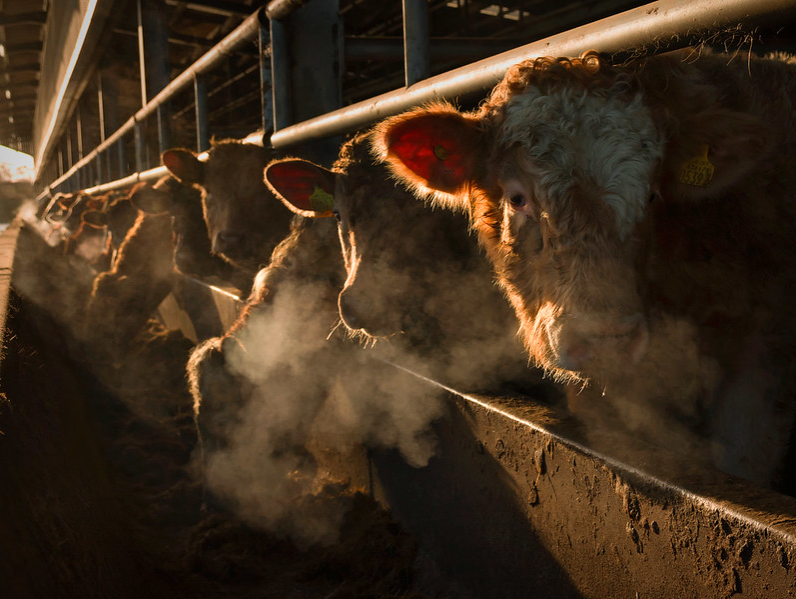With the increased housing of animals, lice will start becoming more of a problem on farms.
There are two types of lice:
1. Biting lice – these primarily eat dead skin and scabs and are mostly found on the neck, shoulders, back and rump. They bite into the skin and cause greater irritation than sucking lice. This louse causes extreme itching by cattle and self-trauma may cause wounds, which in turn may lead to secondary bacterial infections.
2. Sucking lice – these are much more invasive with their piercing mouth parts, they can pierce the skin and suck blood and tissue fluids from their host.
Where animals are carrying a particularly heavy infestation of lice there is invariably a loss of condition due to the incessant need to scratch, to the detriment of the animals feed intake. They may also become “unsightly” due to a loss of hair, bleeding and thickening of the skin at the worst affected areas. Severe infestations can also lead to anaemia. Often severe lice infestation is a secondary consequence in animals that are under stress, malnourished or that have other concurrent disease.
Lice are spread by direct contact between animals. Lice are host specific and spend their lives on the animal. They can only survive up to 16 days off the animal so infection does not remain in the building after animals have been removed.
In the treatment of lice the presence of both biting and sucking lice is likely. It is advisable to use an externally applied product i.e. a pour on, a spot on or a wash. Treat all animals in the group and make sure they are not in contact with any untreated animals throughout the winter.
